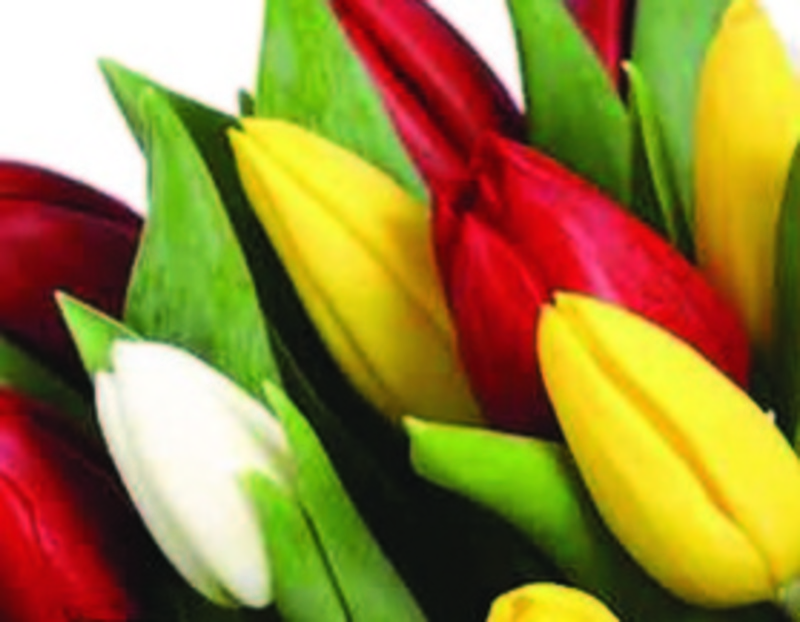The snow’s not completely melted yet. The nights are still pretty cold. And the soil is still pretty hard.
Time to start your lawn and garden work.
Really, it is.
Lots of people don’t start puttering in the yard until all the snow is gone, the grass is dry and the sun is warm.
But lawn and garden experts say there is plenty you can do now. In fact, there are some things that are best to do now.
For instance, once the snow melts, you may see areas of your lawn with a matted, crusty appearance. That’s known as “snow mold,” says Matt TenEyck, owner of the Hollis-based Links Lawn & Garden Care (linkslawnandgarden.com).
So getting out and scratching that mold off with a metal leaf rake is a good idea. By doing it now, you’re giving the grass a chance to start to grow when conditions are right. Just make sure your lawn is dry first.
“That’s something you can do as soon as the snow melts and we have a couple of windy days, as long we’re not expecting nights of 10 below,” said TenEyck.
At the same time you’re scratching out snow mold, you can also start putting down grass seed in areas where it’s needed, TenEyck said.
Just scratch some “channels” into the dirt while you rake, and throw down some seed.
“That seed will lay dormant for a while, and the March and April rains will give it a chance to imbibe and be ready to grow,” said TenEyck.
TenEyck recommends a few other March/April lawn chores that will help you prepare for spring and summer in your yard and garden:
• Pick up any piles or concentrations of leaves you didn’t get to last fall. Wet leaves suffocate your grass, so the sooner you get them picked up, the sooner your grass can start getting ready to grow.
• Sweep the salt and sand that has accumulated on the edge of your grass. Or you can rake it. Just get it out of there before it kills more grass.
• Shovel remaining piles of snow from your yard. You might have a pile in a shady spot, for instance, that is taking longer to melt. The longer that snow sits there, the farther behind that patch of grass will be in growing.
Now is also a good time to check your gardening equipment to make sure it’s in working order, says Lois Berg Stack, a professor of sustainable agriculture with the University of Maine and an ornamental horticulture specialist.
Check your containers — hanging baskets, window boxes, large planters — making sure they’re not cracked or damaged in any way. And if you do need a container part — “pot feet,” for instance — it’s a better bet they’ll be in stock at the garden store now. If you wait until garden season begins in earnest, they might be sold out.
It’s also a good time to check garden hoses, lawn mowers and other power equipment. A new hose gasket put in now will prevent leaking all summer, Stack says.
Stack also says this is the best time of year for pruning trees and shrubs. Before buds start swelling, it’s easier to see which branches need pruning.
And finally, Stack suggests starting your own gardening calendar — a series of notes about your yard and garden kept all season long — that will help you improve your landscape over time.
Stack recommends taking a quick walk through your property and just making a few notes each day.
For example, you can make note of when the daffodil leaves emerge, which plants had winter damage, when the snow melts, when the frost finally ends or the temperature of your soil.
“You’ll find yourself going back to your spring notes later in the season, to add a note like ‘start the onion seeds a week later in 2012’,” said Stack.
“Experience is a terrific teacher.”
Staff Writer Ray Routhier can be contacted at 791-6454 or at:
rrouthier@pressherald.com
Send questions/comments to the editors.



